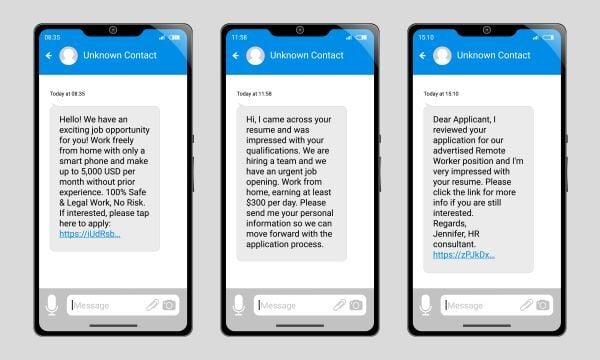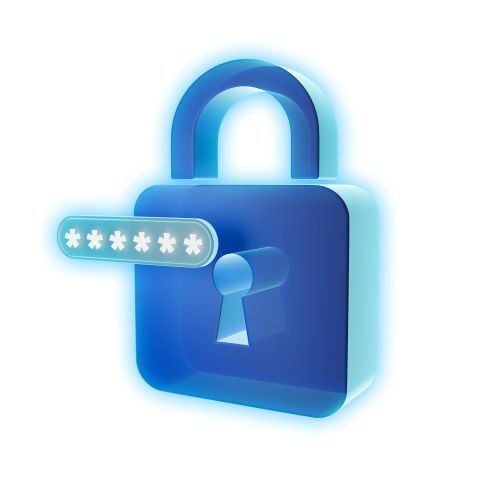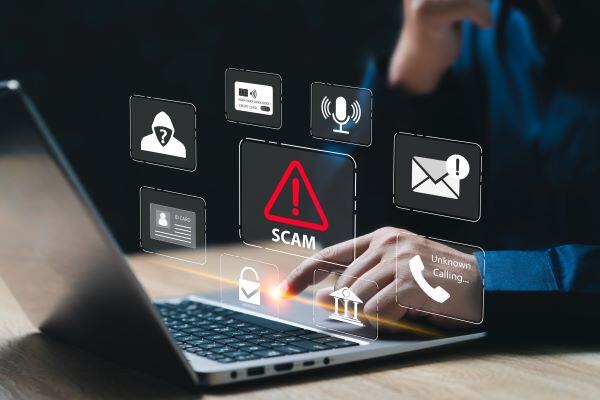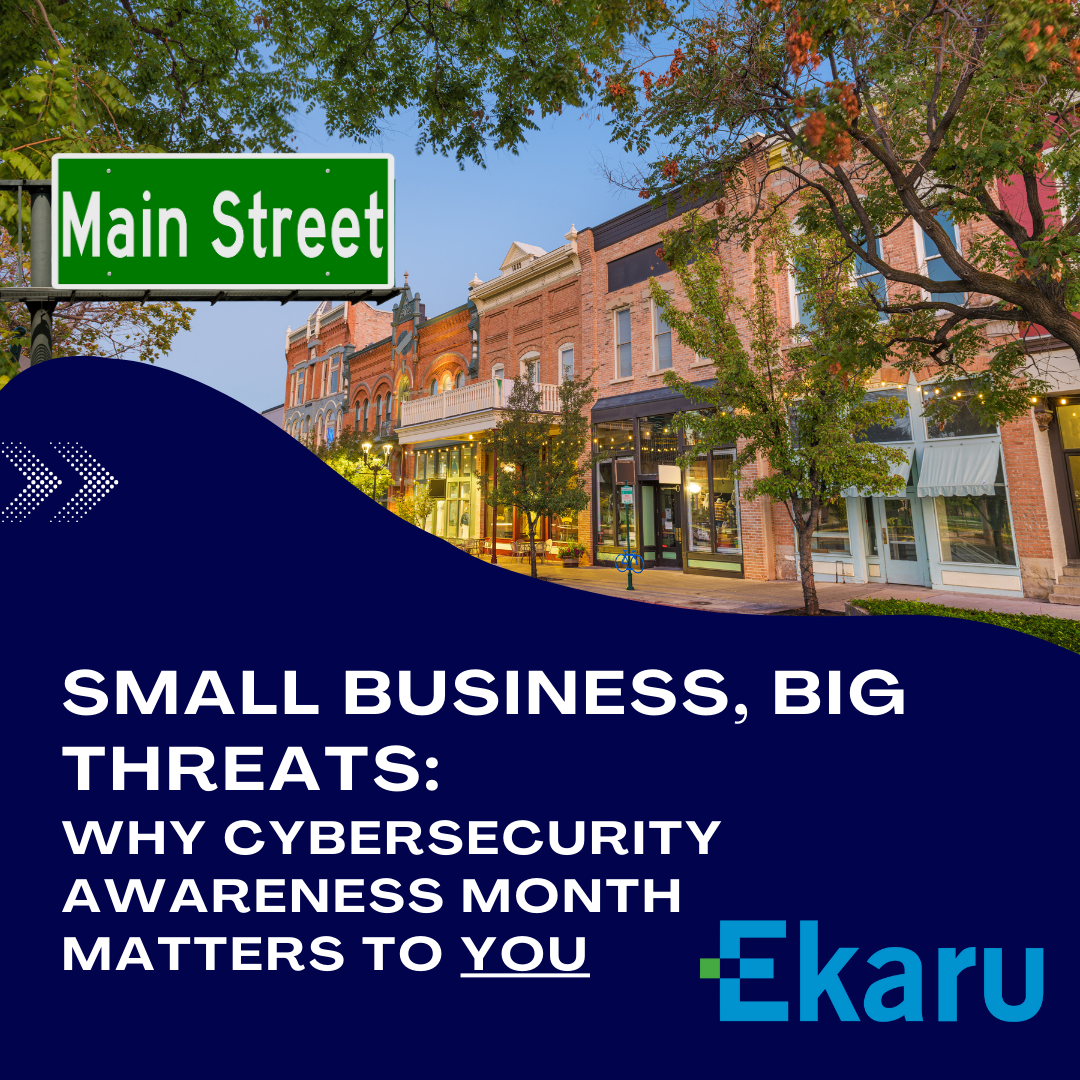Although many of us have learned how to recognize scams, bad actors remain persistent and continue to send various fraudulent messages to our devices. Most of the time, they don’t care if the scam attempts are obvious or sophisticated, their main intention is to fatigue you to the point of becoming flustered and making a rushed decision to trick you. Some scams are isolated incidents, some are nationally present happening to your friends, family and coworkers.
Over the weekend, I received a text message on my personal cell phone from a ‘First Name-Last Name-###@RandomOrganization.org’.
The first thing I noticed right away was how detailed, long, and grammatically formatted the text was upon viewing. Usually, a lot of scam messages feel urgent. They’re trying to create an emotional response, utilizing that heightened state to influence victims to their CTA of malicious links. Mimicking an automated promotional SMS message businesses provide for their patrons that sign up to receive a discount. Seeing the message’s length, it is possible it can come off as legit before reading the contents within.
The second factor I noticed was the message coming from a random organization, stated within the message that they were from the Massachusetts Department of Motor Vehicles (DMV). These two did not match and that was my first indicator that this was a smishing attempt using the DMV to take aback trick anyone receiving the message. While I may have known the first indicators as someone new to cybersecurity but practices good cybersecurity hygiene, let’s continue the remaining text to dissect how to further identify this smishing attempt.
Technology Advisor Blog
Tags: Monitoring, cybersecurity, cybersecurity training, Cybersecurity, Smishing
Cybersecurity Basics: What Is Multi-Factor Authentication and Why Does It Matter?
Posted by Sarah Carroll on 6/13/25 7:23 PM
Before social media and the responsibility of maintaining multiple accounts, folks tended to keep their passwords written down on paper, stored in what they considered a safe place, or saved into their phone. These are dangerous cybersecurity risks being practiced and they need to be addressed promptly.
The problem is passwords are often weak, reused or exposed in personal data breaches that are out of your control. In the last decade, we have been introduced to Password Managers and following right after, Multi-Factor Authentications (MFA). Both provide thorough measures to protect users’ information and safety. As an effect, this shield has caused bad actors to get creative and find other tactics to infiltrate your systems.
We’re going to go over what MFA is and why it matters to implement for your small business and in personal life or really, anywhere it’s available!
Tags: security protection, Monitoring, small business technology advice., cybersecurity, Privacy, security awareness training, cybersecurity training, managed IT services in Boston, Multi-Factor Authentication, MFA
Before AI consumed our media on a daily basis, spoofing would often impersonate important figures in our lives with the malicious intent of sending misinformation for money and spreading malware. Now with AI, it has become even harder to identify these attempts to protect our friends and loved ones from the headache known as cybercrime.
Read MoreTags: computer security, cybersecurity, ransomware, cybersecurity, spoofing, cybersecurity training, Caller ID Scam
How AI is Making Phishing Attacks Smarter - What Small Businesses Must Do Now
Posted by Ann Westerheim on 5/14/25 9:48 AM
How hackers use AI for phishing attacks has become more advanced, making standard email security measures inadequate for protection. Modern cybercriminals leverage artificial intelligence to create convincing emails with flawless grammar, personal details from social media, and context-aware content that can deceive your most alert employees. No more language barriers in cyber crime!
Read MoreTags: phishing, Cybersecurity, email scams, cybersecurity, cybersecurity training, Artificial Intelligence
Spring Cleaning for your Cybersecurity: 10 Things You're Probably Overlooking
Posted by Ann Westerheim on 4/29/25 4:25 PM
Just like your home needs a good spring cleaning, your technology and data need regular organization too. Cybersecurity best practices act like a home organization system for your digital life - keeping your accounts, passwords, and access permissions tidy, updated, and secure. This guide will show you proven methods in protecting your information while making sure your systems run smoothly using smart organization techniques. Learning the straightforward steps to defend yourself against current threats and build a more secure foundation for your business and personal data. Cleaning out your closets this Spring? Make sure you take care of your digital clutter as well!
Read MoreTags: computer security, strong passwords, security protection, Cleaning your computer, data backup, cybersecurity, Privacy, cybersecurity training, General
If You've Never Thought of Cybersecurity, You're Exactly Who The Cyber Criminals Want
Posted by Ann Westerheim on 4/9/25 9:26 AM
Cybersecurity and AI have become inseparable forces that create immediate risks to local businesses, regardless of size. Small organizations are now prime targets for criminals who use artificial intelligence to automate attacks, making every business vulnerable.
Major corporate breaches grab headlines, yet the silent wave of cyber attacks on local companies goes unreported, leaving many business owners with a dangerous false sense of safety. Your organization needs basic protective steps that could prevent most attacks, along with cost-effective solutions to shield your business from financial losses and reputation damage. The stakes are high - companies that fall victim to these attacks often struggle to keep their doors open.
Read MoreTags: small business technology advice., Cybersecurity, email scams, cybersecurity training
Understanding Quit Claim Deed Fraud: FBI Boston Steps In as Scams Escalate
Posted by Sarah Carroll on 4/4/25 12:28 PM
Happy April and Spring to all! We have made it through another New England winter. The April showers will eventually bring us May flowers.
For the month of April, Tax Scams are on the rise across the US. Locally, a more sinister scam is on the rise, leaving hundreds of folks devastated financially in its wake. The FBI has issued a warning urging property owners and Real estate agents of Quit Claim Deed fraud (home theft) to avoid losing their property right from under them.
Tags: cybersecurity, cybersecurity training, online safety
Small Business, Big Threats: Why Cybersecurity Awareness Month Matters to You
Posted by Ann Westerheim on 10/7/24 4:44 PM
Cybersecurity threats create unique challenges for small businesses. With smaller budgets and potentially weaker defenses, these companies often struggle to protect themselves against widespread attacks. October is Cybersecurity Awareness Month and this is a great time to step up your cybersecurity awareness training with your team!
Read MoreTags: Cybersecurity, email scams, cybersecurity, cybersecurity training
When Cybersecurity Feels Annoying: The Role of Web Filtering and DNS Protection
Posted by Ann Westerheim on 8/12/24 5:00 PM
Maybe you can relate to this: Your local business finally takes the plunge and starts getting serious about cybersecurity and suddenly things feel like they just got a lot harder for you. It’s the end of a long workday, and you go online to search for your favorite whiskey you want to enjoy over the weekend, and a security warning pops up that the site is blocked by your security. The website may be blocked because it falls into the broad category of “drugs and alcohol” but you’re not looking to abuse any substances, you’re just looking forward to enjoying a class of fine whiskey.
Read MoreTags: cybersecurity, cybersecurity training, DNS Protection, Web Filtering
Boston Data Security Services: Why Data Protection Matters
Posted by Ann Westerheim on 6/21/24 2:16 PM
Data security in Boston, and other major business centers, is becoming a pillar of business readiness, as leaders look to proactively protect their business data.
Read MoreTags: cybersecurity, cybersecurity training, Cyber Insurance
.png)









